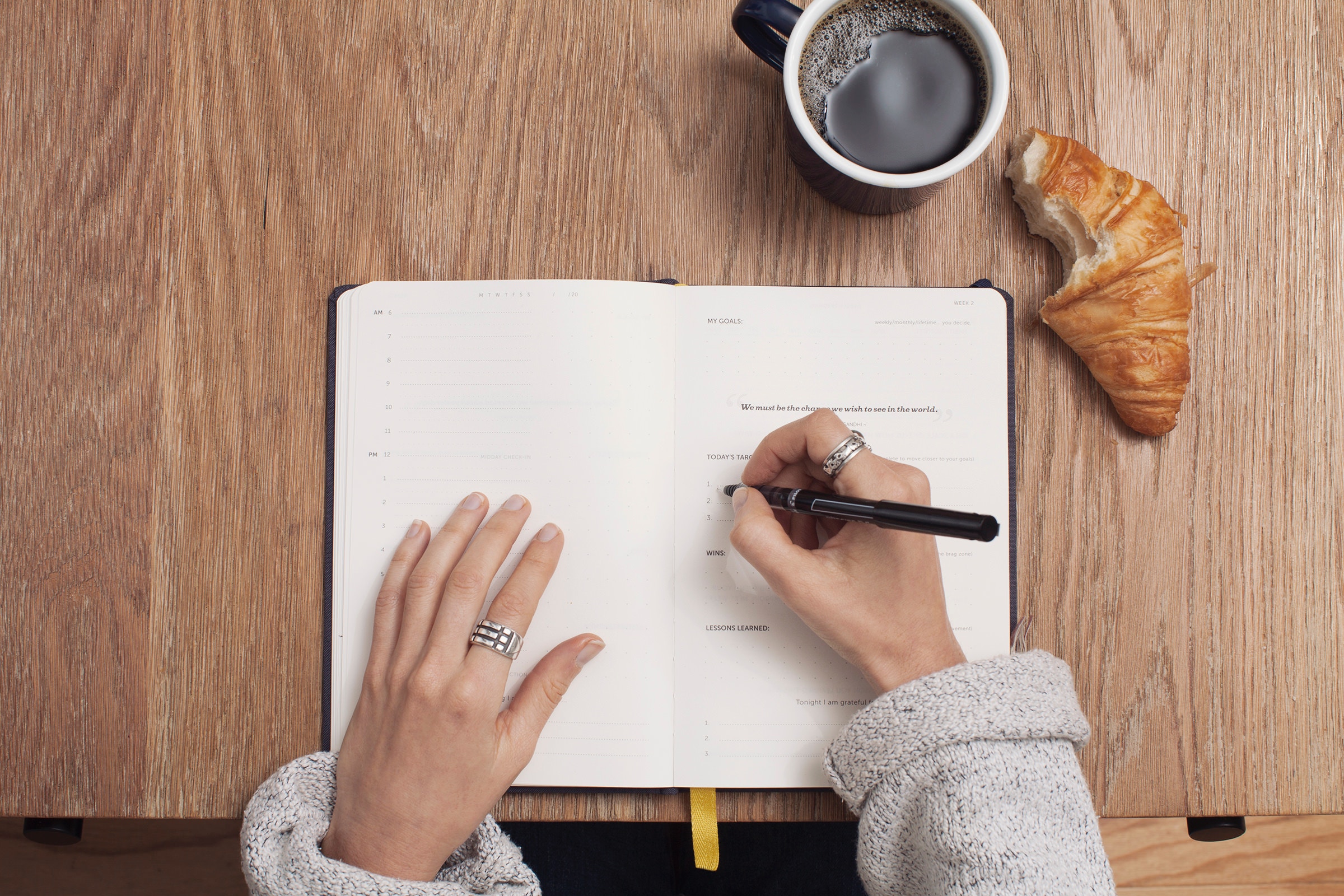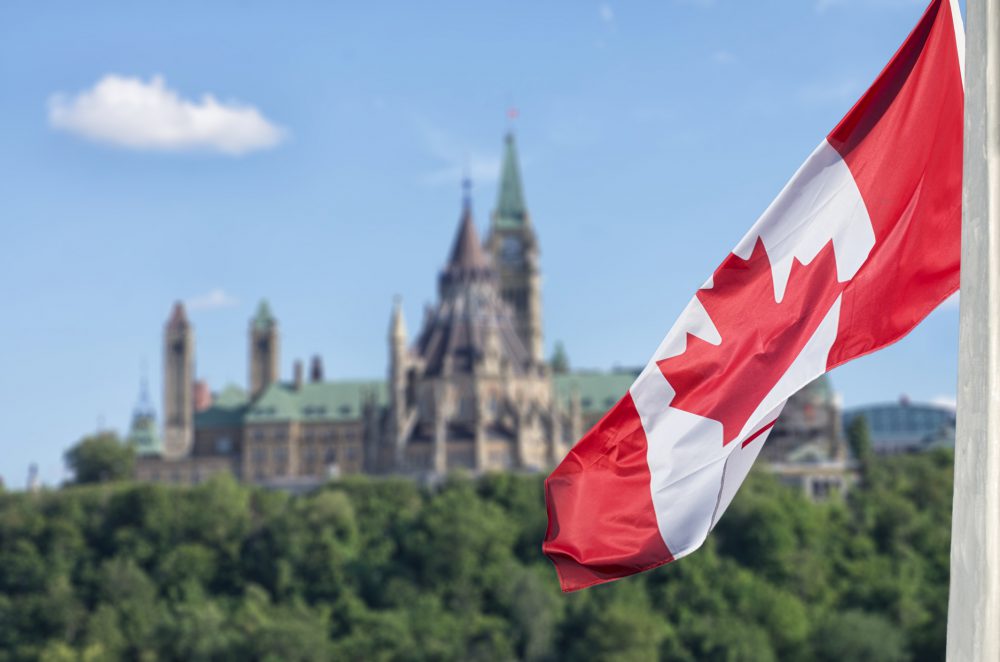Over the past month, I’ve worn a “real” bra twice. I’ve let my breasts be as nature designed them: free of restriction, free of coverings, and free of the pain bras had been causing me.
Wearing a bra is a personal choice. However, I know that for a lot of women, wearing a bra doesn’t feel like a choice: it feels like a requirement akin to a medical necessity. My day would begin as such: wake up, search for bra, put on bra, push up the slipping straps all day, shift around the underwire to minimize it digging into my ribs, and finally – the miraculous, joyous return home where I could slip the bra out from under my shirt and toss it to the floor!
My decision to forgo traditional bras came about primarily because of the pain they were causing me (when I reference “traditional bra” I am referring to bras with a specific cup size and underwire). It had nothing to do with my breast size. I don’t have tiny breasts, and had always believed that I needed “support;” without bras, I’d be too jiggly, saggy, or sore. Within a week of not wearing a bra, my breasts felt lighter and stronger. They don’t need the support of a bra because they’re designed by nature to be strong enough to support themselves. I equate wearing a bra with wearing an arm sling; the muscles tend to atrophy and become less supple and strong.
Regardless of both dubious and real health concerns associated with wearing bras, there is strong societal pressure to do so. In fact, wearing a bra is the norm. As soon as girls’ breasts begin to grow, they’re hauled off to Wal-Mart or Victoria’s Secret to go bra shopping. I vividly remember the humiliation I felt because of my breasts: they were something I was expected to hide.
As I grew into my teens and twenties, I noticed how breasts were only portrayed sexually in the media. Examples are easy to find: one only has to glance at magazine covers while waiting in line at the grocery store to see sexualized breasts. My mother is a doula (a homeopathic birth assistant), so I am perhaps extra sensitive to ways in which the nipple and breast are portrayed.
The nipple is at once deemed sexual and disgusting. Women’s breasts are flaunted in various capacities in the media; however, when a woman breastfeeds in public she is often the subject of disgust and discrimination. Not all business and public places welcome women to breastfeed. A recent and local example happened in Halifax on October 14th 2015. A mother was breastfeeding in court and was told by the judge that she was not permitted to breastfeed in his court. Breastfeeding is a basic human right. The nipple has been so objectified and singled out from women’s bodies that cases like this are unfortunately common.
I gave up traditional underwire bras in favour of no bra or a handmade organic cotton bamboo bandeau-style (yes, I know, very granola of me). My reasons stemmed from comfort, initially, but have evolved into wanting to actively resist societal pressures that dictate how women should dress themselves.
Wearing a bra should be a choice, not because of societal expectation. Anyone who has breasts has both the right and the responsibility to decide for themselves whether or not they want to wear bras. Unfortunately, bra-wearing is not typically framed as a choice, but as a requirement. By rethinking bras, we are reclaiming our innate right to decide.





